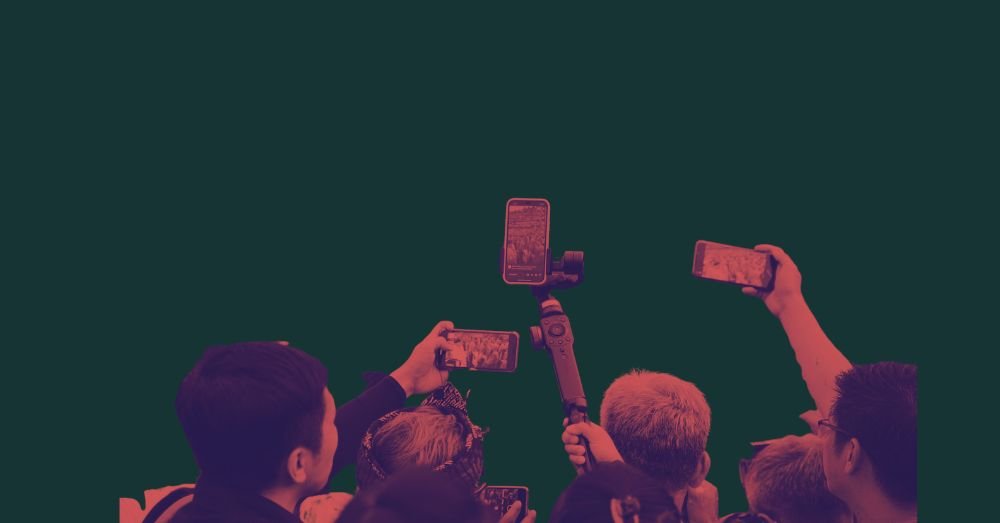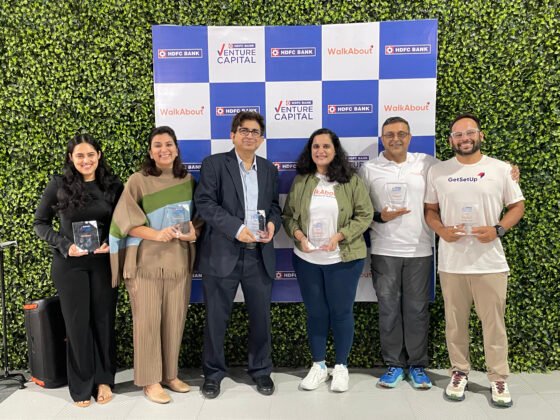
Real Journalism Is Expensive — That’s Why Fake News Is Cheap
Real journalism is a cost-heavy, risk-filled enterprise. It demands fieldwork, verified data, source protection, legal vetting, and above all, editorial independence. In contrast, propaganda, clickbait, and influencer-driven content are cheap, fast, and endlessly shareable. That’s why in today’s India, real journalism is not dead — it’s simply out of sight, buried under the weight of marketing budgets, shouty anchors, and short-form virality.
We live in a time where the word flashes every five minutes, but truth rarely emerges. What’s actually breaking is our attention span, trust in media, and connection to civic responsibility.
The TRP Game: From Public Interest to Prime-Time Theatre
In India’s dominant media landscape, Television Rating Poin determine what gets airtime. The result is not journalism but hyper-dramatized infotainment. A Centre for Media Studies (CMS) report highlighted that over 70% of primetime election coverage on major Indian TV channels favored ruling narratives, often at the expense of public scrutiny or balanced reporting.
Anchors behave like judges, debates are choreographed performances, and facts are selectively weaponized. Republic TV, Zee News, Aaj Tak, News18, and India TV routinely prioritize emotion over evidence, turning the news into a tool of political amplification.
Who’s Consuming What — And Why It Matters
Data from the Reuters Digital News Report 2023 and IAMAI-Kantar reports paints a stark picture of Indian media consumption habits:
- ~75% of Indians rely on free digital content: WhatsApp forwards, YouTube summaries, Google News, and aggregator apps.
- ~20% read physical newspapers like The Hindu, Dainik Bhaskar, Indian Express, or their regional equivalents.
- Only ~2.5% subscribe to digital journalism through paid platforms like The Ken, Caravan, or Scroll+.
This means less than 3 out of every 100 Indians pay for verified, professionally curated, investigative news. The vast majority depend on content driven by algorithms, engagement rates, and emotional manipulation.
This creates a serious informational inequality, where truth becomes a premium product — available only to those who can afford time, education, and intent.
The Ideological Shift in News and Its Lingual Manipulation
Journalism in India is no longer just about facts — it’s about ideological alignment. News stories are now interpreted, edited, headlined, and even translated according to the outlet’s political position and regional language biases.
The same incident can be branded as:
- A “youth uprising” by a left-leaning platform
- An “urban Naxalite conspiracy” by a right-leaning outlet
- A non-event by a pro-establishment digital news desk
This aligns with Noam Chomsky’s “Manufacturing Consent” theory, where media shapes public perception by deciding not what to think, but what to think about — and how.
In a multilingual country like India, this distortion multiplies. A major investigative report may gain traction in English-language circles but will either be watered down, ignored, or ideologically repackaged in regional language media — cutting off millions from the original facts.
The Overload Nobody Wants to Talk About
The modern Indian is overwhelmed, not under-informed. Every story — from political crises to celebrity tweets — is shared, reshared, clipped, dubbed, translated, memed, and reuploaded in reels, shorts, headlines, and hashtags.
This phenomenon, known as information fatigue, is widespread. A 2022 Adobe study found that 61% of Indians feel overwhelmed by the constant stream of online news. But this isn’t just a psychological issue — it’s a political one. When people stop processing news, they stop reacting to injustice.
Instead of making us more aware, the digital news ecosystem has desensitized us. The volume of content has diluted its urgency.
Why Real Journalism Gets Ignored or Silenced
Long-form journalism — slow, factual, legally vetted — rarely trends. Platforms like The Ken, The Morning Context, Article-14, and Caravan have exposed:
- Flawed IPOs of unicorn startups
- Corporate coverups in the edtech sector
- Custodial death patterns and police excess
- Caste and communal biases in state institutions
Yet these stories rarely cross into the mainstream. They aren’t translated, televised, or turned into reels. They exist for a small elite — while the masses scroll past.
The algorithms promote controversy, not context.
Why Ads Get More Attention Than Actual News
Indian users today consume more branded and promotional content than verified journalism. According to the Nielsen India Media Report (2021):
- The average Indian spends 1.5 hours/day watching ad-driven or influencer-generated content
- In contrast, they spend less than 20 minutes/day on structured news from verified outlets
The logic is simple:
- Ads entertain. News demands attention.
- Ads flatter. News challenges.
- Ads sell dreams. News shows reality.
Free content wins, because the consumer pays with their time, not money. And that time is optimized for dopamine, not democracy.
Where Truth Still Lives — But Must Be Bought
Despite the noise, several platforms in India continue to produce credible, fearless, fact-driven journalism — but they depend on reader support.
Notable Subscription-Based Platforms in India:
- The Ken – One business story a day, backed by deep reporting
- The Morning Context – Corporate governance, culture, and tech exposés
- Caravan – Long-form political and ideological investigations
- Article-14 – Data-backed legal journalism exposing systemic abuse
- Scroll+, The Wire, NewsLaundry, EPW – Varied formats, independent voices
They don’t chase views. They chase truth. But they survive only if you choose to support them.
Where Are the Rest Getting Their Information From — And Does It Even Matter to Them?
If only a small minority pays for journalism and a shrinking group reads newspapers, the overwhelming majority — over 75% — is now shaped by:
- Social media reels
- Viral tweets
- WhatsApp chains
- YouTube commentary
- Meme-based news pages
According to the Reuters 2023 report, over 53% of Indian youth trust influencers over journalists for updates on public issues. A Statista study shows the average Indian spends 2.6 hours daily on social media, but barely 15 minutes on structured news.
This is not just an access issue — it’s an apathy crisis.
We’re witnessing a generational shift where more people care about going viral than staying informed. Public interest has been replaced by personal branding. Today’s question isn’t:
“What’s happening in the world?”
It’s: “What’s happening with my content?”
As a society, we are more concerned with reach than reason. More reactive than reflective. More wired to express than equipped to understand.
Final Reflection: Is Journalism Failing Us — Or Are We Failing Journalism?
This isn’t just a media debate — it’s a democratic emergency.
When only a few support independent media, while millions fuel algorithm-fed outrage, journalism doesn’t die — it gets buried under noise.
We scroll, but we don’t read.
We react, but we don’t verify.
We forward, but we don’t fund.
In the age of misinformation, truth survives not by default, but by design — and that design needs your contribution.
The question is no longer “Who controls the media?”
The real question is:
If we don’t pay for the truth, we’ll end up paying for its consequences.
FOR MORE BLOGS – beyondthepunchlines.com

 Add to favorites
Add to favorites







